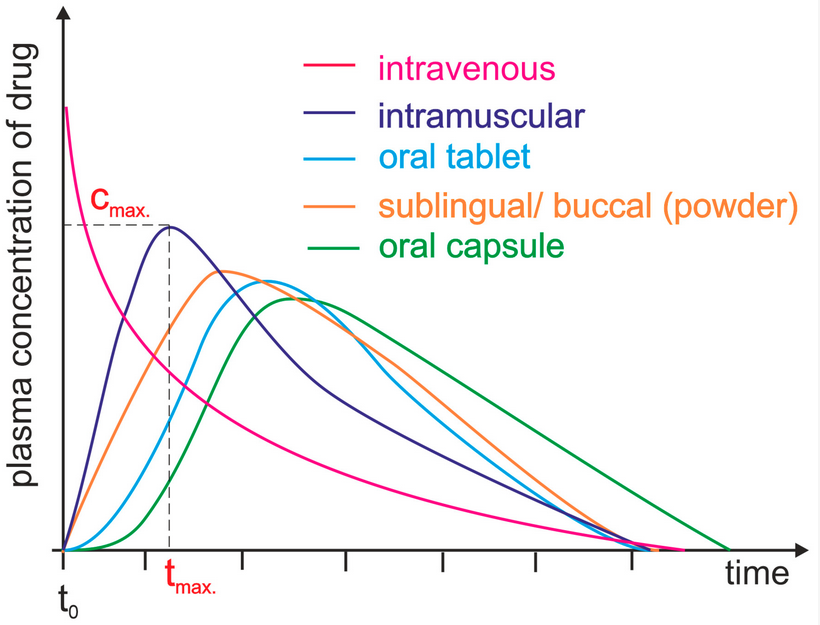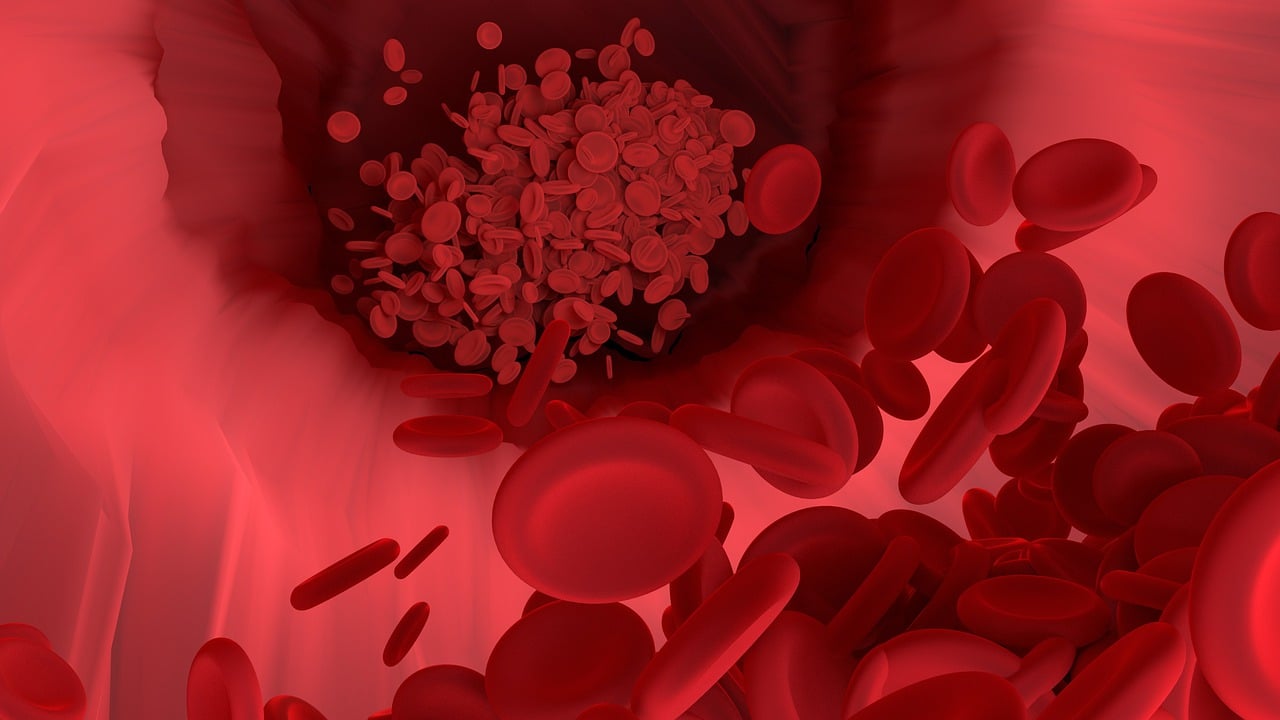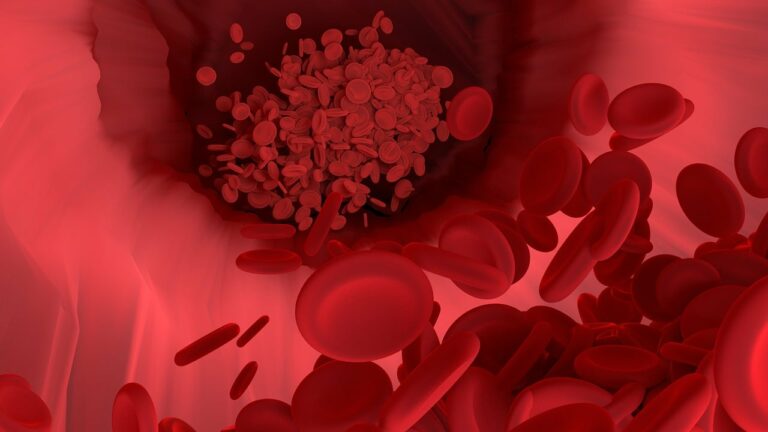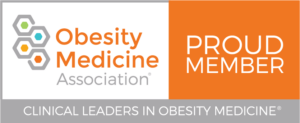What is Bioavailability?
Bioavailability refers to what percentage of a consumed material is absorbed into the body’s bloodstream. In the pharmaceutical world, drug bioavailability is a critical aspect of drug design to ensure that drugs reach a particular concentration. There may be many factors that influence bioavailability, such as mode of administration, digestive enzyme activity, gastrointestinal motility, intestinal flora, co-administered substances, etc. A medication that is administered intravenously (IV) is said to have 100% bioavailability, because it is placed directly into the bloodstream. In contrast, the bioavailability of oral penicillin V is 60% (ref).

Bioavailability is incredibly important in the pharmaceutical industry, because it defines the dose of the drug that is required in order to achieve the desired effect.
Similarly, the degree of absorption of micronutrients from our food sources is important, because it defines how much food one must consume to reach the recommended levels.
Nutrient deficiency
Nutrients are required for proper growth and functioning of the human body. The condition whereby nutrients are present in unbalanced quantities in the human body and are contributing to adverse health effects is called malnutrition. When there are deficiencies in the micronutrient content of diets despite adequate energy intake, that condition is called hidden hunger.
Hidden hunger is common in developing countries, with iron and zinc being the most common micronutrient deficiencies. In the USA, Canada, and European countries, there are also reported deficiencies in iron, iodine, vitamin D, and vitamin E (ref).
Iron
Iron is an essential element for the human body, as it participates in many critical functions. Iron exists in 2 forms:
element for the human body, as it participates in many critical functions. Iron exists in 2 forms:
- Nonheme: present in both plant foods and animal tissues
- Heme: from hemoglobin and myoglobin in animal source foods (meat, fish, poultry)
Red meat is the predominant source of dietary iron since it is rich in heme iron, which is more bioavailable. Heme iron is absorbed in the human gut more efficiently (7-35%) compared to nonheme iron (2-20%) (ref). The average daily iron intake in humans is 10 – 15 mg, with only 1 – 2 mg actually being absorbed through the intestine.
Even if plants have high iron content, the absorption of iron is low due to the presence of antinutrients that bind iron. Calcium, polyphenols, and phytates are known to decrease absorption of iron. Vitamin C (ascorbic acid) and protein known to enhance the absorption of iron. Also, adding meat to a plant meal enhances the absorption of nonheme iron (ref).
Absorption rate of iron from various food sources:
- Organ meats 25-30%
- Green leafy vegetables 7-9%
- Grains 4%
- Dried legumes 2%





